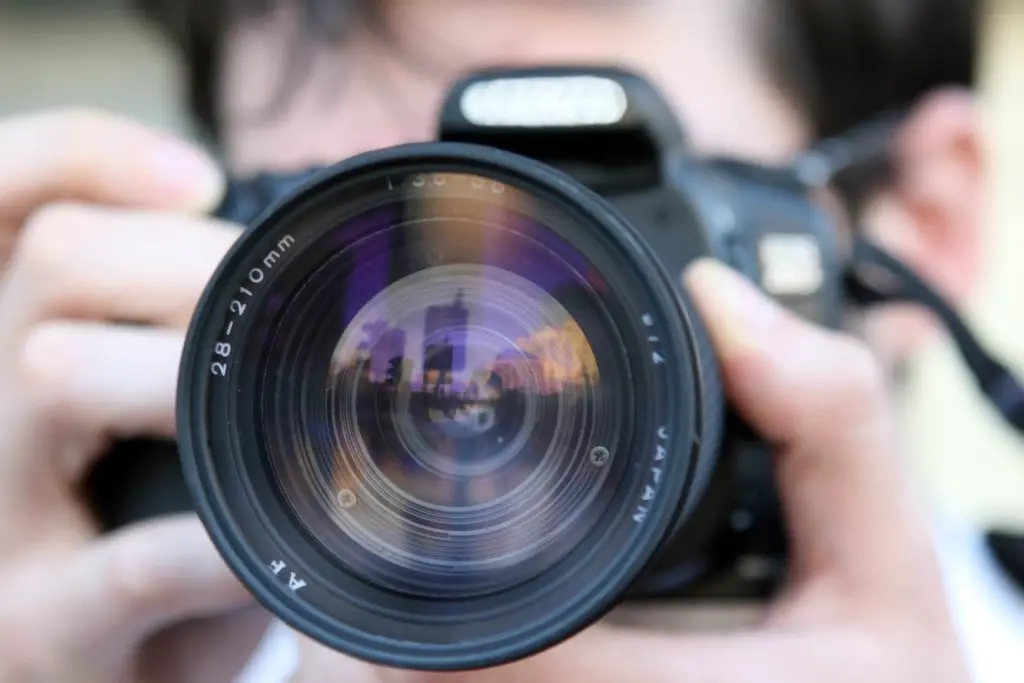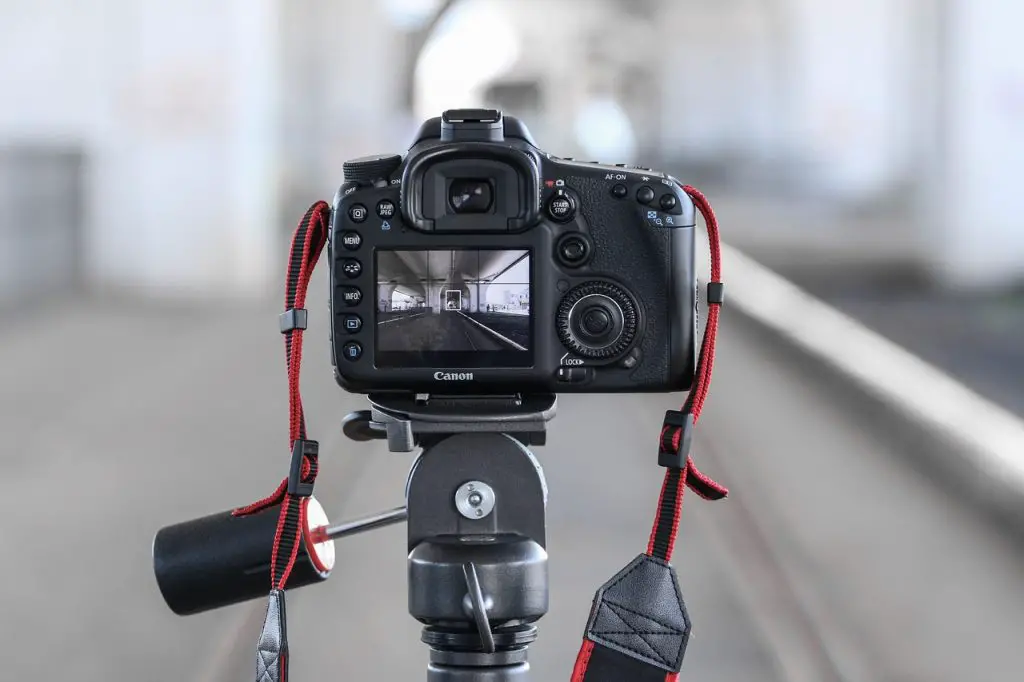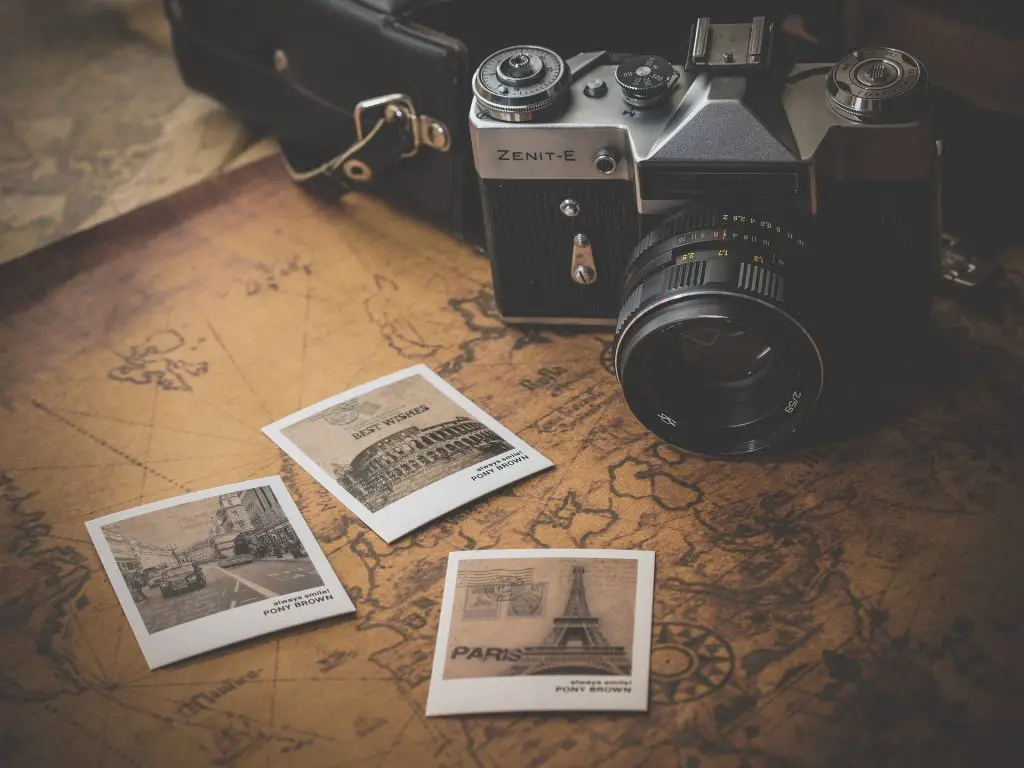
Cameras
Comparison between the four main types of cameras
: DSLR, Mirrorless, Digital, and Film Cameras
Choose the right camera for your needs with our comprehensive comparison of DSLR, mirrorless, digital, and film cameras. Learn about the pros and cons of each type and find the best option for capturing memories and moments. Get insights on key features, image quality, control options, and affordability.
DSLR (Digital Single Lens Reflex) cameras are known for their high image quality and versatility, making them a popular choice among photography enthusiasts and professionals. These cameras use a mirror system to reflect light into the viewfinder, providing you with a correct image that will be captured. With interchangeable lenses and manual control options, DSLR cameras are ideal for a wide range of subjects, from portraits to landscapes.
There are two types of DSLR cameras:
-Full frame
-APS-C or crop sensor
Full frame cameras have a larger sensor and wider field of view, while APS-C or crop sensor cameras have a smaller sensor and capture a cropped version of the full frame image.
DSLRs can be expensive, with entry-level camera bodies starting from £300 to £500, and high- end cameras reaching £3000 or more. With the right entry level option, you can take your photography to the next level and capture stunning shots, whether it be action shots, sports, or portraits.
There’s a huge range of DSLR camera brands to choose from, each offering their own unique features and capabilities. When looking for a beginner-friendly option, consider factors such as compact size, availability, shooting modes, and auto focus. When the shutter button is pressed, the reflex mirror opens, allowing light to reach the image sensor, and the image is then processed and converted into the proper format
Mirrorless Cameras: A Portable Option for Fast Autofocus
A mirrorless interchangeable lens camera (MILC) is a compact camera system with interchangeable lenses and a digital imaging sensor. The absence of a mirror mechanism in MILCs makes them lighter and more portable than traditional DSLR cameras. The light enters the lens and goes straight to the sensor, which then transmits the digital information to the electronic viewfinder or LCD screen.
Mirrorless cameras offer several benefits, including a lightweight and compact design, silent operation, better video quality, faster autofocus, and faster shooting speeds. With different sensor sizes available, including full-frame, APS-C, Micro Four Thirds, and 1-inch, budget- friendly, and 4K options. Mirrorless cameras are ideal for travel photography. They are also quieter than DSLR cameras, making them suitable for photographers who need a quiet and unobtrusive choice.
So whether you’re capturing fast-moving action shots or simply want a pocket-friendly camera that can deliver high-quality photos and videos, a mirrorless camera may be the perfect choice for you. However, they may not have the same level of control over depth-of-field and bokeh as a DSLR.


Digital Cameras: A User-Friendly Option for Everyday Use
Digital Cameras are a popular choice for everyday use and travel, offering a user-friendly and compact design. They use electronic image sensors to capture and store images digitally and supply a range of automatic and manual control options. With editing and post-processing options available, digital cameras allow you to adjust and enhance your images after they have been captured.
Many high-end digital cameras now offer features such as interchangeable lenses, manual control options, and the ability to shoot in RAW format, providing photographers with more control and flexibility. With a wide range of availability and cheap price there’s a digital camera for everyone, from kids to beginners and Professionals, regardless of your budget or photography needs. Just make sure to choose a camera with a good battery life and a lens that meets your needs for the best results.
Film Cameras: A Classic Option for Unique Images
Film cameras use film rolls to capture light and produce an image. Supplying a range of manual control options, such as manual focusing, manual exposure, and manual film loading.
Photographers who prefer full control over their images will find these options appealing. The use of film gives images a unique quality that can be difficult to replicate, making film cameras still popular with photographers today. Additionally, film cameras are known for their distinctive look and feel, producing beautiful and artistic images.
While film cameras offer these advantages, they are more expensive to use than digital cameras. As film rolls, and development costs can add up. If you’re looking for an affordable option, there are still disposable and reusable film cameras available. Including some underrated point-and-shoot cameras. Additionally, they are less convenient, as you must wait to see your images after they have been developed. However film cameras offer a unique and creative experience that digital cameras simply cannot replicate.

